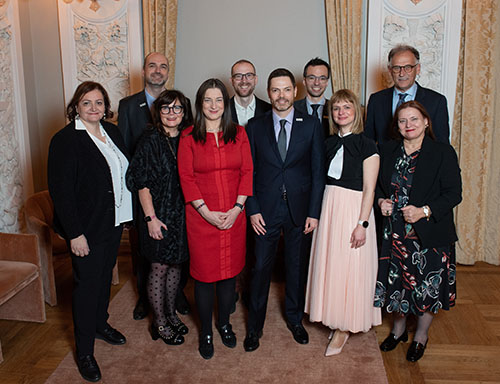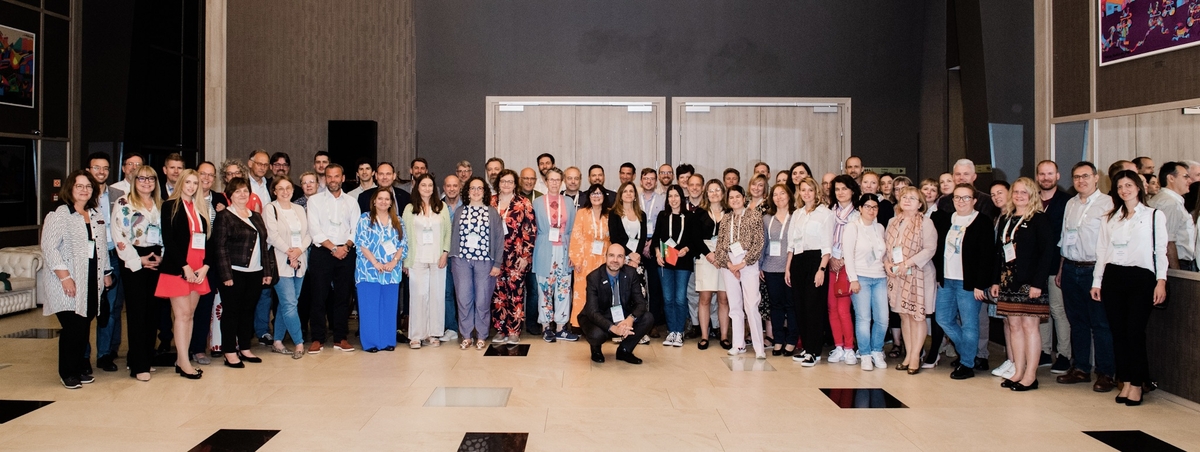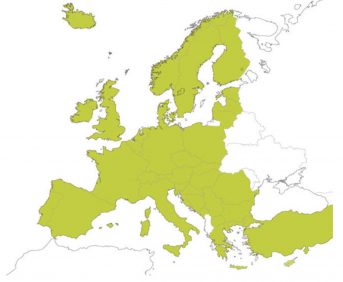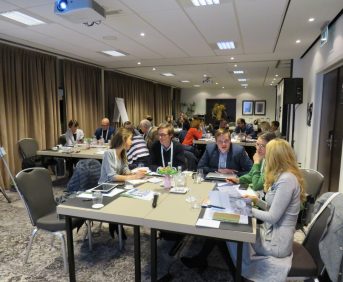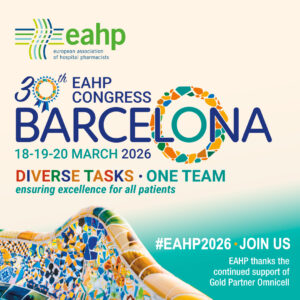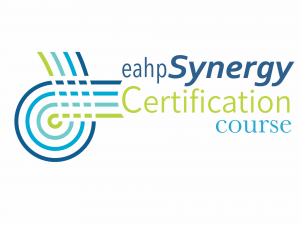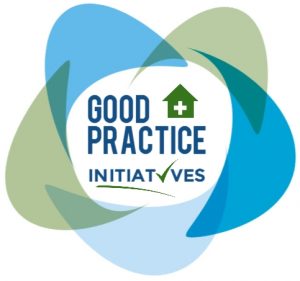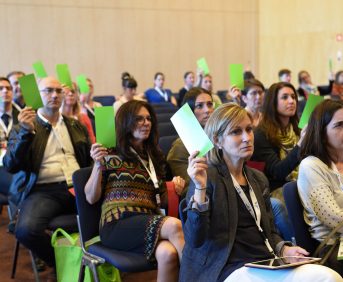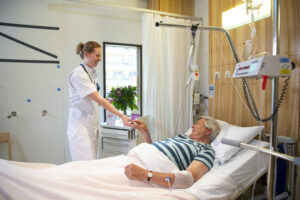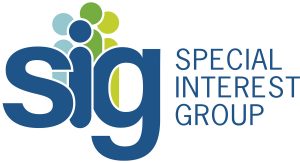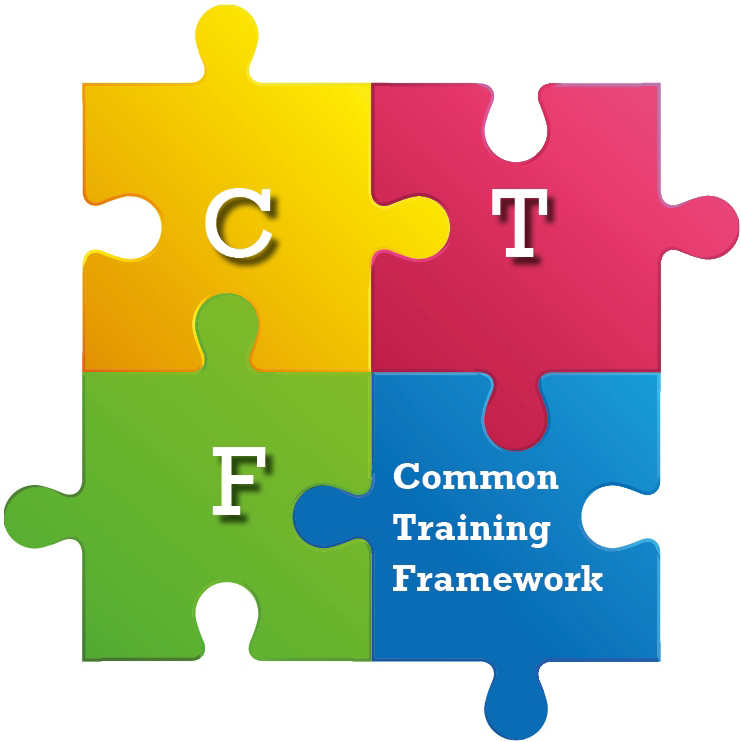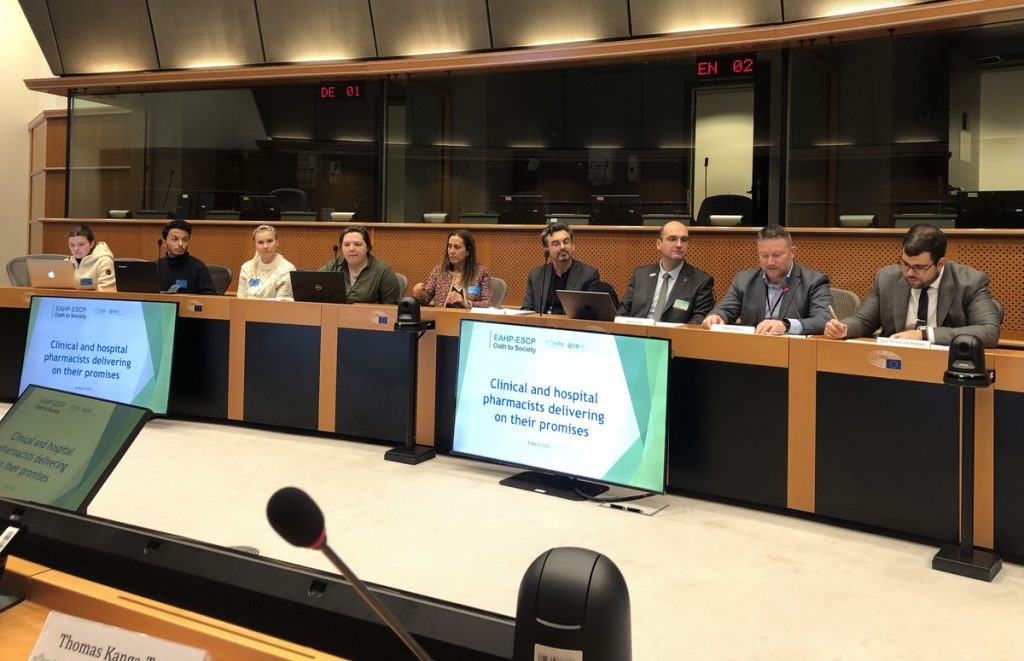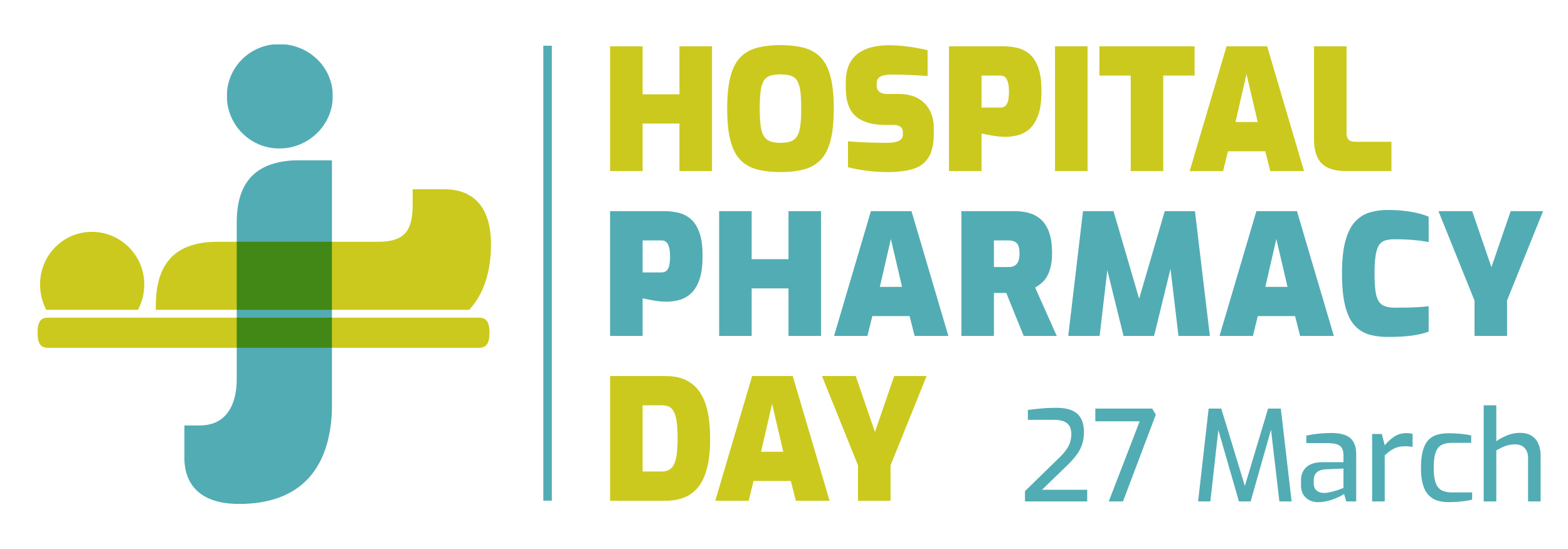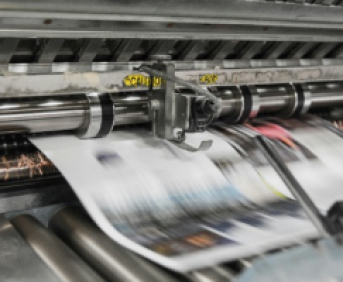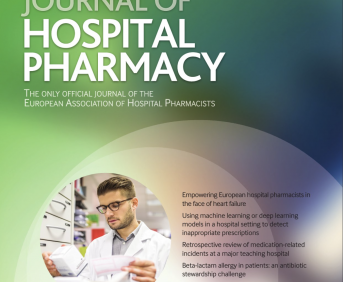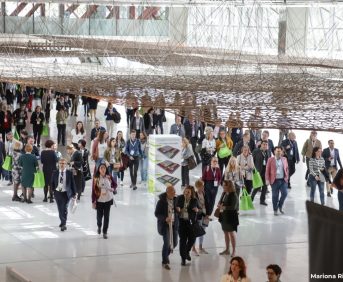Link to EAHP Statements
Section 1 – Introductory Statements and Governance: Statements – 1.3
Section 3 – Production and Compounding: Statements – 3.2, 3.3, 3.4, 3.5
Abstract
In order to increase patient safety and quality of therapy, the competent authorities introduce higher standards for all pharmaceutical processes. This is also the case for compounding, where PIC/s PE10 becomes mandatory. At the same time there is a continuous evolution in dispensing drugs in the most ready to administer (RTA) form, in order to relieve the nurses so that they can focus on care. Due to the higher cost, hospitals work together to benefit from the effects of economies of scale. Centralized compounding platforms, standardisation, dosebanding and day minus one lab results and prescriptions become common practice.
Although we have the same needs all over Europe, it can be noticed that different countries have a different focus on cleanroom technology resulting in a variety of daily practice. We see laminar flow cabinets and biosafety cabinets versus active or passive isolators, and some hospitals have already implemented compounding robots. We see fixed wall cleanrooms versus box-in-box solutions; weighing zones versus weighing rooms; installations for production of water for injection versus the use of commercially available sterile water;…
In this seminar we elaborate on the reason for these different choices. Is there a scientific rationale or is it mainly a habit? What are the pros and cons for the different technologies and do they differ in cost, ergonomics, maintenance… Two speakers with different approaches comment on their choices and the hurdles they encountered as well as the evolution they’ve seen over the last decade.
Understanding the different technologies from these testimonies can help the audience by choosing the best fitting technology and to assess their own work environment.
Learning objectives
After the session, the participant should be able to:
- To understand the different technologies commonly used in cleanrooms in Europe.
- To discuss the pros and cons for the different technologies.
- To assess their own work environment and support their choices when (re)building.
Educational need addressed
This seminar will provide hospital pharmacists with a comprehensive understanding of different clean room technologies and their advantages and disadvantages in order to assess their own work environment or to support their choices when (re)building a cleanroom.
Keywords
Cleanroom, isolator, BSC, LAF, technology, compounding, PIC/s, GMP.
